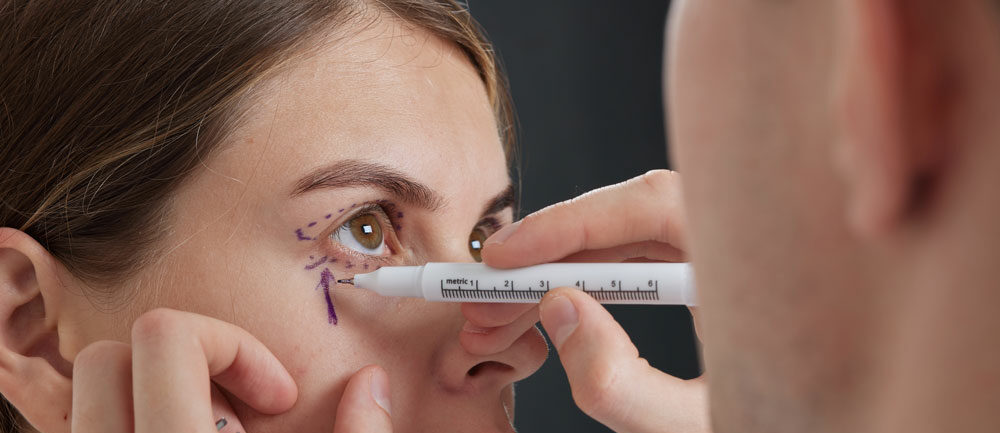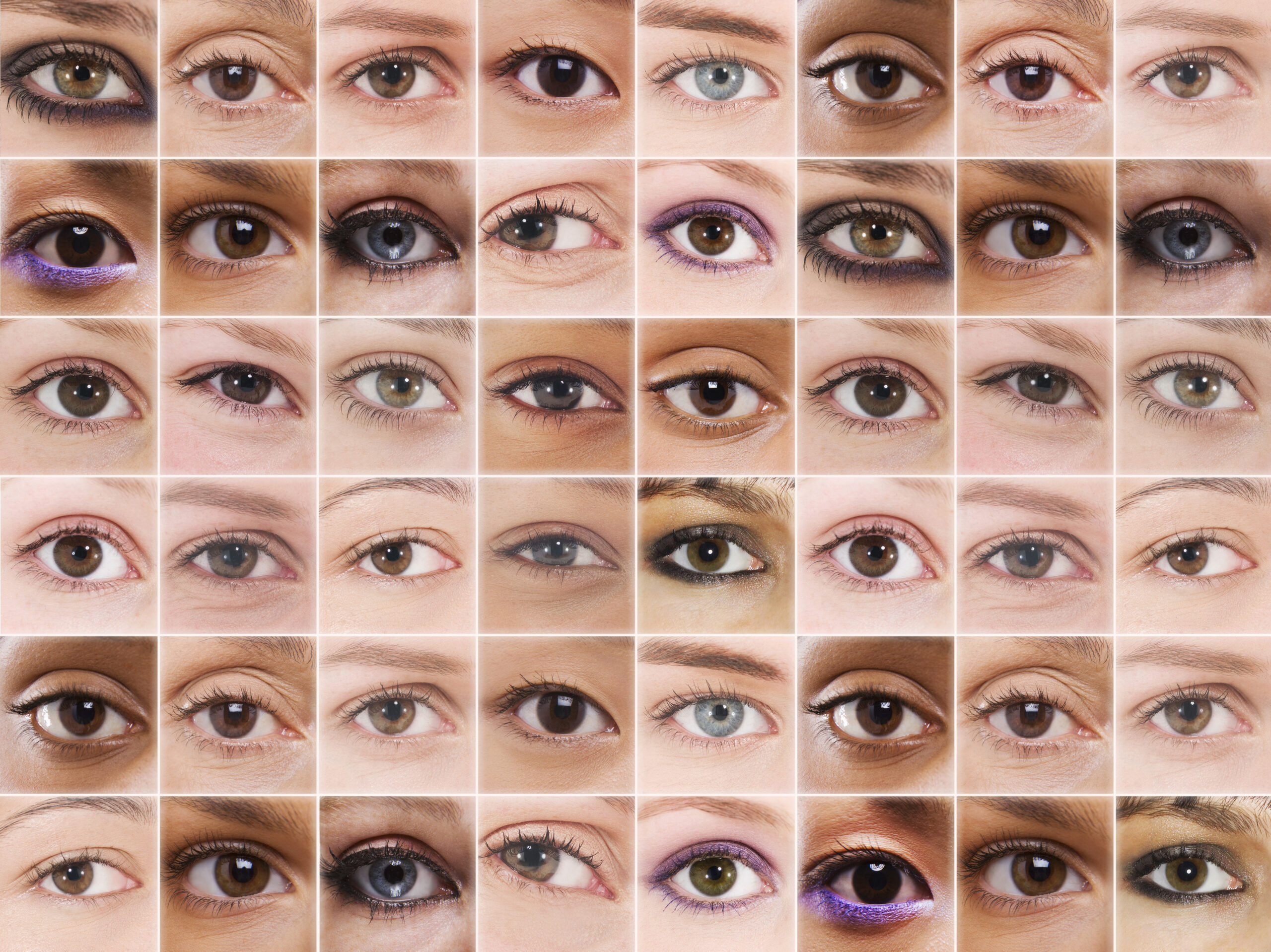Have you ever looked in the mirror and noticed that your eyes don’t quite match? Maybe one eyelid seems slightly lower than the other, or your outer corners tilt slightly upward. These subtle differences in eye shape are more than cosmetic—they can reveal important clues about your eye health.
At Vantage Eye Center, we believe your eyes tell a story. Understanding what your eye shape says about you and your eye health can help uncover risk factors for dry eye, irritation, or conditions like ptosis. And when needed, functional and cosmetic treatments are available to help you see—and feel—your best.
What Are the Different Eye Shapes?
Your eye shape is determined by your eyelid position, orbital bone structure, and how your eyes sit within the socket. While every pair of eyes is unique, there are several commonly recognized types of eye shapes:
- Almond eyes – Oval with slightly pointed ends; most balanced shape
- Monolid eyes – No visible crease; common in East Asian heritage
- Round eyes – Large, open appearance with visible white around the iris
- Hooded eyes – Extra skin folds over the crease, often covering it
- Upturned eyes – Outer corners tilt upward
- Downturned eyes – Outer corners dip downward
- Protruding eyes – Eyes sit more forward in the socket
- Deep-set eyes – Eyes appear slightly recessed under the brow bone
These shapes can be natural or influenced by aging, genetics, or muscle tone.
How to Describe Eye Shapes
If you’re unsure how to describe your own eye shape, here are a few self-check methods:
- Look straight ahead in the mirror and observe the crease of your eyelid.
- Note whether the outer corners tilt up, down, or stay level.
- Pay attention to whether you can see the top and bottom of your iris when your eyes are relaxed.
You can reference an eye shape chart or ask your eye care provider during your next visit. Many patients are surprised that their eye shape can change subtly over time due to muscle fatigue, aging, or medical conditions.
What Eye Shape Can Say About Your Eye Health
Your eye shape isn’t just a reflection of your genetics—it can also affect how your eyes function.
- Almond eyes offer balanced coverage but may hide early signs of dry eye or redness.
- Hooded eyes can lead to blocked oil glands (meibomian glands), which can contribute to evaporative dry eye or chronic irritation.
- Monolids may experience issues with eyelash contact or contact lens fit, especially if the lid presses against the cornea.
- Protruding eyes are more exposed to environmental irritants, increasing the risk of dry eye and surface trauma.
- Asymmetrical eyes can be purely cosmetic or may signal ptosis, a condition in which one eyelid droops due to weakened muscles or nerves.
Why Is One Eye Bigger Than the Other?
It’s common to notice a minor asymmetry between your eyes. In many cases, this is perfectly normal and doesn’t impact vision. However, if the difference becomes more pronounced over time or appears suddenly, it may be due to:
- Ptosis (drooping eyelid)
- Orbital inflammation or swelling
- Nerve or muscle disorders
- Past surgeries or injuries
Our team at Vantage Eye Center can perform a thorough evaluation to determine the cause and recommend appropriate functional or cosmetic treatment.
Eye Conditions Related to Eye Shape
Here are a few common eye conditions where eye shape plays a role:
- Ptosis – A drooping upper eyelid that may block vision or cause strain
- Blepharitis – Inflammation of the eyelid margins; may occur more often in hooded or oily eyelids
- Dry Eye Syndrome – Poor tear distribution in protruding, round, or upturned eyes
- Contact Lens Fit Issues – Patients with monolids or deep-set eyes may need specialty lens fittings

Cosmetic & Functional Solutions
Whether you’re experiencing discomfort or want to improve your eyelid symmetry, there are safe and effective treatment options available:
- Eyelid surgery (blepharoplasty or ptosis repair) – Can improve vision, comfort, and appearance
- Specialty contact lenses – Designed for hard-to-fit shapes or irregular eye surfaces
- Dry eye therapies – Including lubricating drops, warm compresses, or in-office treatments
Dr. Bidar and Dr. Bernadino at Vantage Eye Center specialize in medical and surgical eyelid and ocular surface care approaches. They’ll help you explore options that restore both function and confidence.
When to See a Doctor
Consider scheduling an eye evaluation if you notice:
- Uneven eyelids or changes in shape
- Trouble with contact lens comfort or fit
- Ongoing dryness or irritation
- Vision blocked by a drooping lid
A comprehensive exam can rule out severe conditions and give you peace of mind.
Your Eye Shape is Unique—And It Can Impact Your Vision
Your eye shape plays a bigger role than you might think. It influences how your eyelids function, how your tears drain, and even how you see. If you’re experiencing irritation, dryness, or changes in your vision, it may be related to the natural shape of your eyes.
Our team at Vantage Eye Center is here to help you understand what’s normal and what’s not and what steps to take next.
Schedule a comprehensive eye exam with Dr. Bidar or Dr. Bernadino today.

